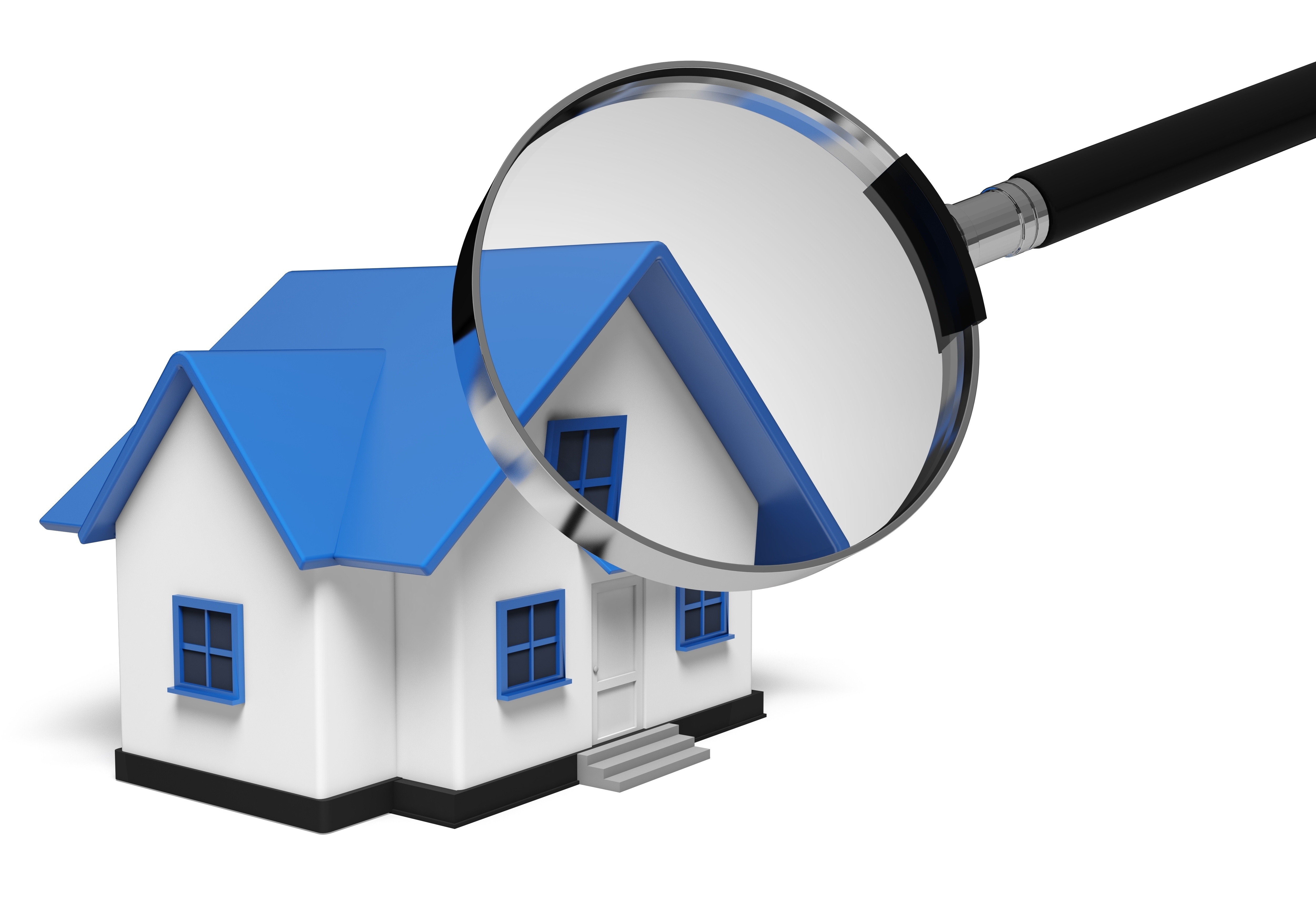
Understanding AppraisalsTheir home's purchase is the biggest financial decision most of us will ever consider. It doesn't matter if a main residence, a second vacation home or an investment, purchasing real property is a detailed financial transaction that requires multiple people working in concert to see it through. Most people are familiar with the parties having a role in the transaction. The real estate agent is the most familiar person in the transaction. Next, the lender provides the financial capital necessary to bankroll the deal. And ensuring all aspects of the exchange are completed and that a clear title transfers to the buyer from the seller is the title company. So, what party makes sure the value of the property is consistent with the amount being paid? This is where the appraiser comes in. We provide an unbiased opinion of what a buyer could expect to pay — or a seller receive — for a parcel of real estate, where both buyer and seller are informed parties. A licensed, certified, professional appraiser from Morgan-Mains Appraisal Service will ensure, you as an interested party, are informed. The inspection is where an appraisal startsTo ascertain the true status of the property, it's our responsibility to first conduct a thorough inspection. We must see aspects of the property hands on, such as the number of bedrooms and bathrooms, the location, living areas, etc, to ensure they truly are there and are in the condition a typical buyer would expect them to be. The inspection often includes a sketch of the house, ensuring the square footage is correct and illustrating the layout of the property. Most importantly, the appraiser looks for any obvious features - or defects - that would have an impact on the value of the property. Following the inspection, an appraiser uses two or three approaches to determining the value of the property: sales comparison and, in the case of a rental property, an income approach. 
Cost ApproachThis is where the appraiser analyzes information on local construction costs, the cost of labor and other factors to figure out how much it would cost to construct a property nearly identical to the one being appraised. This estimate usually sets the maximum on what a property would sell for. It's also the least used predictor of value. 
Paired Sales AnalysisAppraisers are intimately familiar with the subdivisions in which they appraise. They innately understand the value of certain features to the residents of that area. Then, the appraiser looks up recent sales in close proximity to the subject and finds properties which are 'comparable' to the home at hand. By assigning a dollar value to certain items such as square footage, extra bathrooms, hardwood floors, fireplaces or view lots (just to name a few), we add or subtract from each comparable's sales price so that they are more accurately in line with the features of subject property.
In the end, the appraiser reconciles the adjusted sales prices of all the comps and then derives an opinion of what the subject could sell for. At Morgan-Mains Appraisal Service, we are an authority when it comes to knowing the value of real estate features in Gardendale and Jefferson County neighborhoods. This approach to value is typically awarded the most consideration when an appraisal is for a real estate exchange. Valuation Using the Income ApproachA third way of valuing real estate is sometimes applied when a neighborhood has a measurable number of rental properties. In this case, the amount of income the property produces is factored in with other rents in the area for comparable properties to derive the current value. Putting It All TogetherAnalyzing the data from all approaches, the appraiser is then ready to put down an estimated market value for the subject property. It is important to note that while this amount is probably the best indication of what a property is worth, it probably will not be the price at which the property closes. There are always mitigating factors such as seller motivation, urgency or 'bidding wars' that may adjust the final price up or down. Regardless, the appraised value is often employed as a guideline for lenders who don't want to loan a buyer more money than they could get back in case they had to put the property on the market again. It all comes down to this, an appraiser from Morgan-Mains Appraisal Service will guarantee you attain the most accurate property value, so you can make wise real estate decisions. |